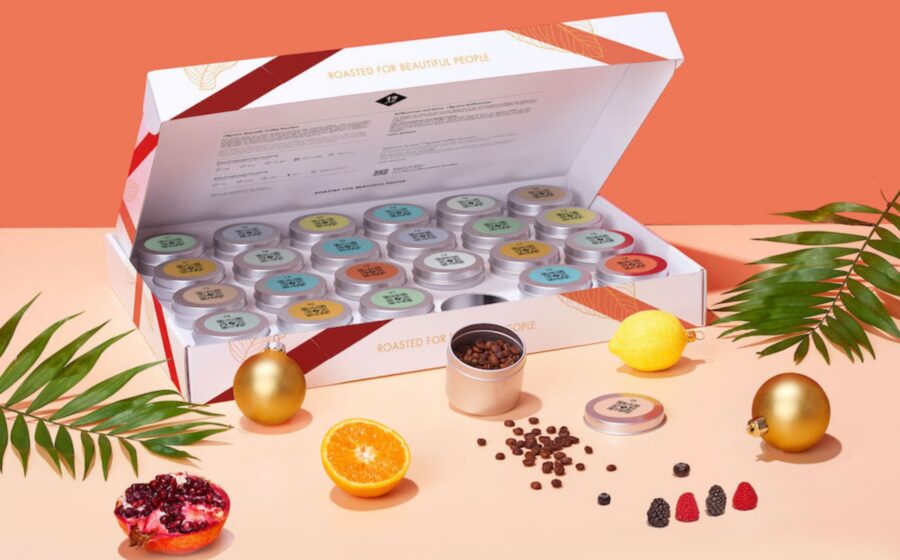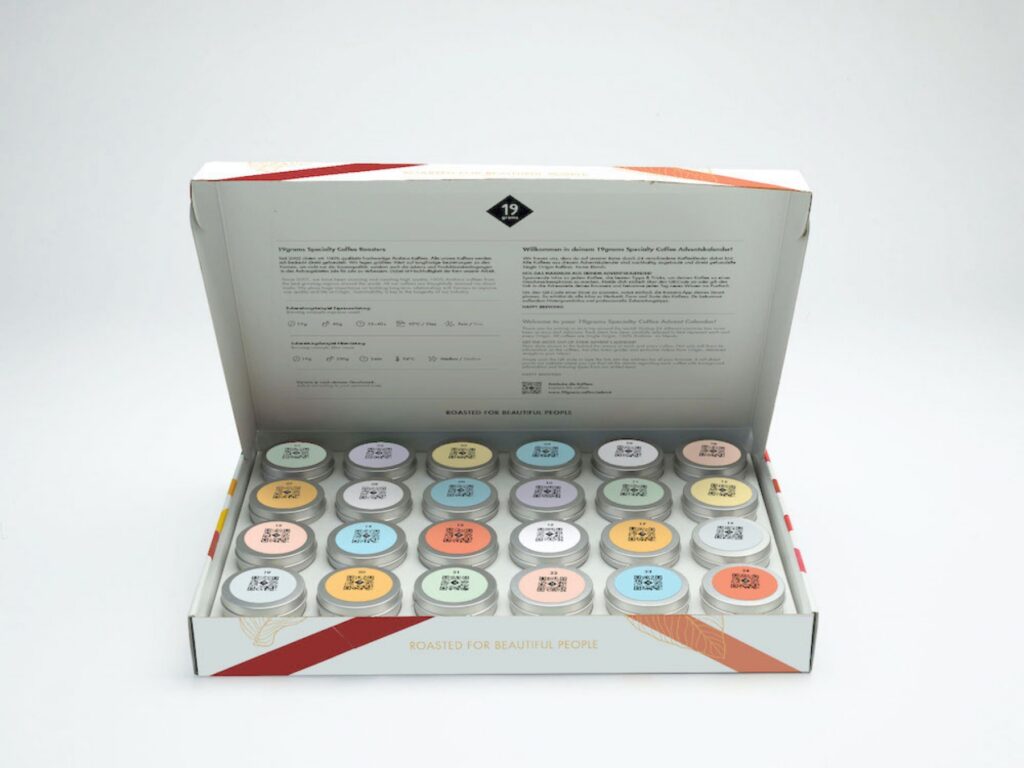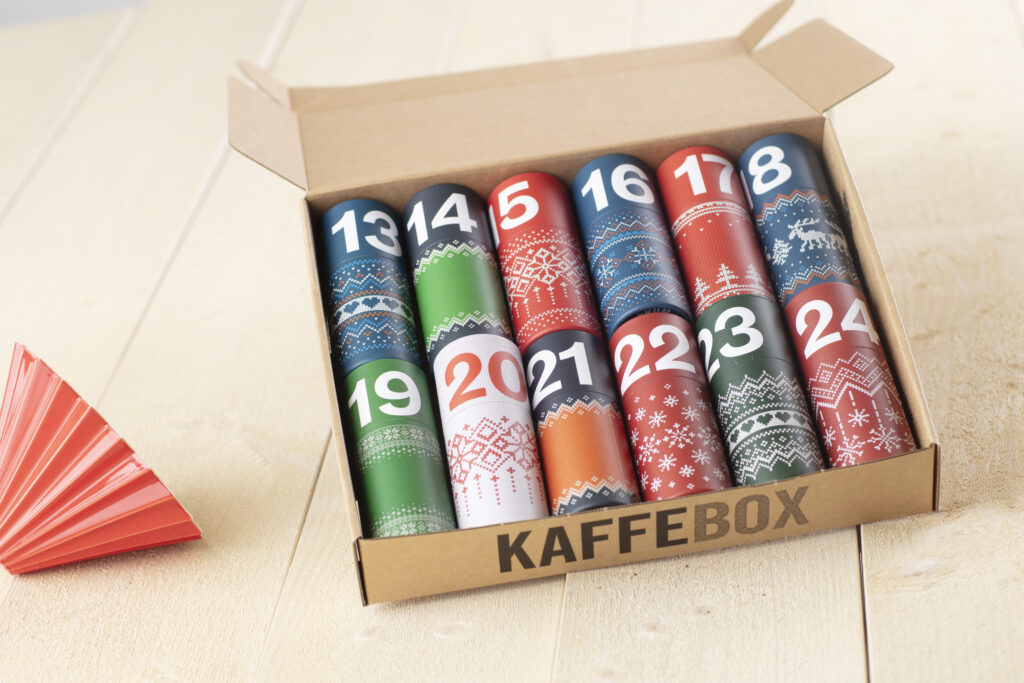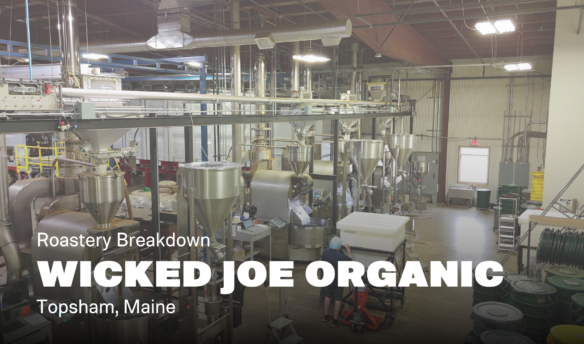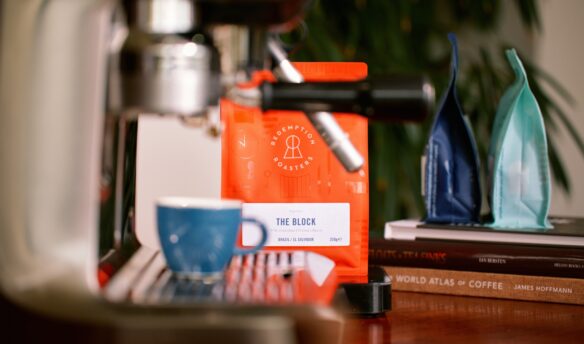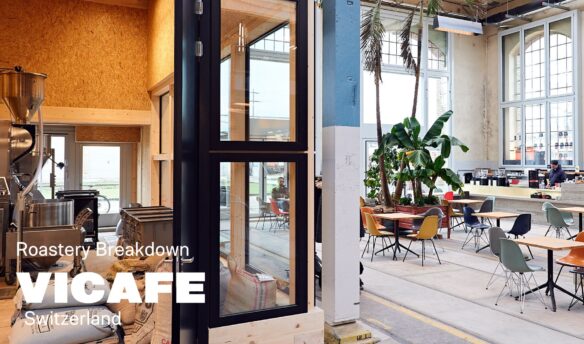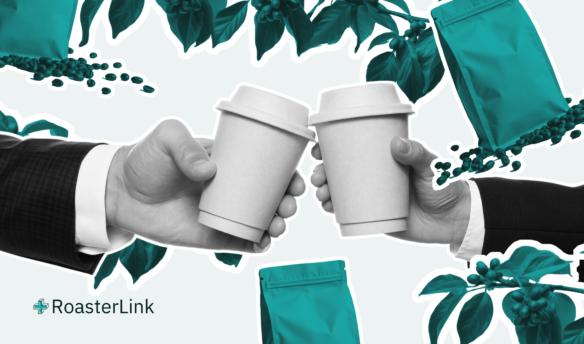Advent calendars are a delightful way to ring in the holidays and celebrate the season in a fun—and delicious—way. From calendars that help folks count down the days in December with daily offerings from the craft beer world to whole-leaf tea selections to cheese samples, it was only a matter of time before specialty coffee jumped on the trend.
But advent calendars are more than just an entertaining way to count down the days during the holiday season. A thoughtfully curated advent calendar allows roasters to get creative and curate an entire drinking experience. Roasters are going beyond the cup, offering advent calendars with limited-release coffees, interactive tasting videos, and even board games to celebrate the season with something warm and delicious.
While advent calendars can be a powerful marketing tool to connect with customers, making an advent calendar is much more challenging than it might seem. From sourcing a wide variety of high-quality coffees, navigating narrow yet complex shipping schedules, and designing a wholly unique experience, crafting an advent calendar is a monumental undertaking—but one that can pay off immensely.
Curating An Experience
Browsing through popular advent calendars, you’ll find offerings that vary widely in price, from Denmark-based La Cabra’s Christmas Calendar ($75, currently sold out), which offers three sets of eight different instant coffee offerings, to Arkansas’ Onyx Coffee, whose sought-after advent calendar retails for $175 and supplies customers with two ounces each of 24 different coffees.
Although both brands feature high-quality coffees, they approach their advent calendars differently, highlighting the range of experiences advent calendars can provide. For example, Onyx’s 2022 advent calendar features a board game (what they’re calling Onyx Coffee Land, reminiscent of the popular game Candyland). Not only can buyers share a cup with their loved ones (the 2-ounce offerings are enough for a full pot of coffee, or about 2-3 cups), but they can play the game together.
Revolver Coffee in Vancouver is a multi-roaster cafe that sourced coffees from 24 roasters from 13 countries for their advent calendar. Every day, drinkers can try coffee from a totally new roaster, including 3fe in Dublin, Father’s Coffee Roastery in the Czech Republic, and Square Mile in London. Each day is a surprise, Revolver’s website says. “So far as we know, it’s the only ‘multi-roaster-from-across-the-globe’ coffee advent calendar of its kind. It’s a unique experience for yourself or as a gift for someone else.”
Pia Klein, who works in marketing for 19Grams Coffee Roasters in Berlin, explained that their advent calendar has evolved since debuting in 2014: “At the time, [coffee advent calendars were] not really a thing yet… we are proud to say that we improved the concept over the years and learned every year and we are so happy that coffee lovers all over the world brew it every year. It also is a very exciting journey for us.”
They created multiple calendars based on the brewing method to suit their consumers’ needs. You can purchase a Nespresso capsule-compatible calendar, go more traditional with an espresso or filter option, or buck tradition and receive four single-origin coffees every week up until Christmas.
The team at Coffee Collective in Denmark uses a similar model, sending one coffee every Sunday as an homage to local holiday customs. “Around Christmas time in Denmark,” their website states, “we have a tradition for receiving gifts every Sunday of Advent.”
Besides sourcing exceptional coffee varieties—many only available during the holiday season—some companies go the extra mile to ensure their customers have the best experience possible. KaffeBox, a monthly coffee subscription service that features coffees from Nordic roasters, organized its advent calendar into two shipments—ensuring freshness but adding more logistical constraints.
“All the coffee for the calendar is roasted right before the roaster ships it to us,” says Tyler Olson, founder of KaffeBox. “We pack it up right away and ship it to customers. We send the calendar in two sets, so the last 12 days of the calendar are roasted a week later than the first 12 days. We ship the calendar as close to Dec 1st as possible and prioritize coffee freshness over being able to ship the calendar very early.”
Advent calendars can vary based on a roaster’s target audience. While advent calendars aimed at coffee lovers tend to contain rare varieties and single doses, the ones seeking to attract new coffee lovers have more coffee to share with loved ones or a whimsical element to spark curiosity and excitement.
Keeping Things Fresh
One of the main concerns when releasing an advent calendar—or any seasonal coffee set—is maintaining freshness throughout the roasting and shipping process. Most advent calendars are limited releases, so roasters must think carefully about how much coffee they need. Likewise, patrons are shipped almost a month’s worth of coffee to be spread out and drank through December, so ensuring that drinkers enjoy each day’s cup at peak freshness is essential.
Like many coffee companies, Pact Coffee, a London-based coffee delivery service, sells advent calendars for pre-order. Having an exact count on how many advent calendars need to be assembled allows Pact to allocate precisely the amount of coffee they need for calendars with minimal waste.
La Cabra’s advent calendar consists of bags of Steeped Coffee, an instant coffee adjacent brand that portions coffee in bags to be steeped like tea. Their single-serving pouches are, as stated on their website, “sealed in nitrogen-flushed packages, maintaining the clear aromatic character of freshly ground coffee,” eliminating some of the freshness challenges of advent calendars. 19 Grams Coffee Roasters opted for individually-sealed tins to pack their single-origin coffees. “We ensure the tins we are using are all sealed,” says Klein. “We roast the last calendars in mid-November, so we have to be very quick in packing and shipping, but we have gotten very good over the years.”
To craft a successful advent calendar, most companies work on their yearly offering about six months before launching. Visual assets are essential—as you can see from the pictures in this story, many brands craft beautiful and elaborate designs for their calendars. But to set themselves apart, some brands include multimedia components to enhance the advent calendar experience. For example, The Roses in Czechia invites you to follow daily tasting videos, unlocked only on the day that corresponds with the calendar. Onyx Coffee Lab shot a video featuring two-time US Brewers Cup champion Elika Liftee showing users a simple and forgiving brew recipe that allows every coffee in the advent calendar to shine.
Advent calendars are a fun way to attract new customers while providing something unique and rare for coffee connoisseurs. If you’re considering an advent calendar for next year, it’s also critical to consider the complex logistics and start planning for next year as soon as possible. Although challenging, advent calendars provide a new way to drink coffee that inspires whimsy, excitement, and exploration.



